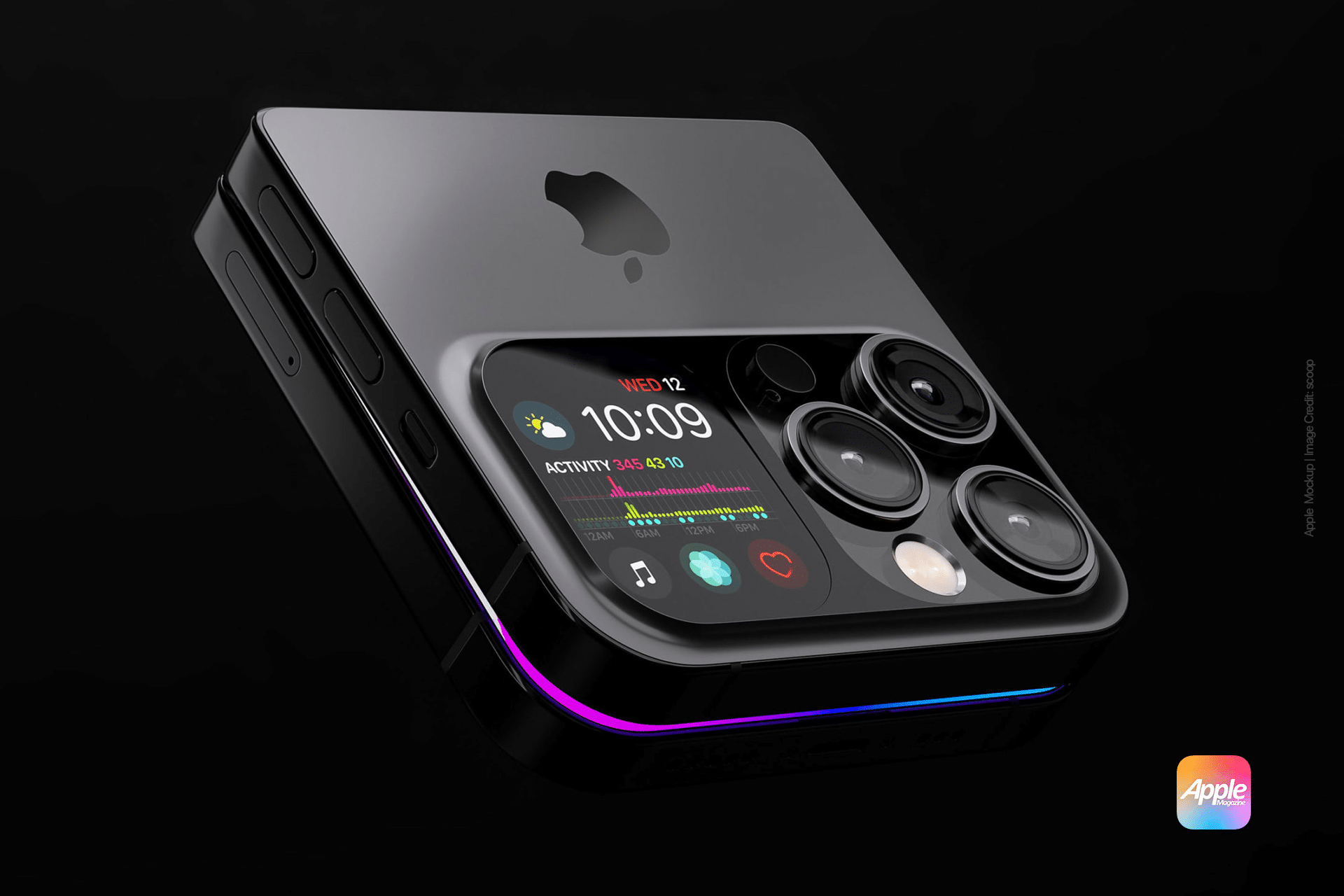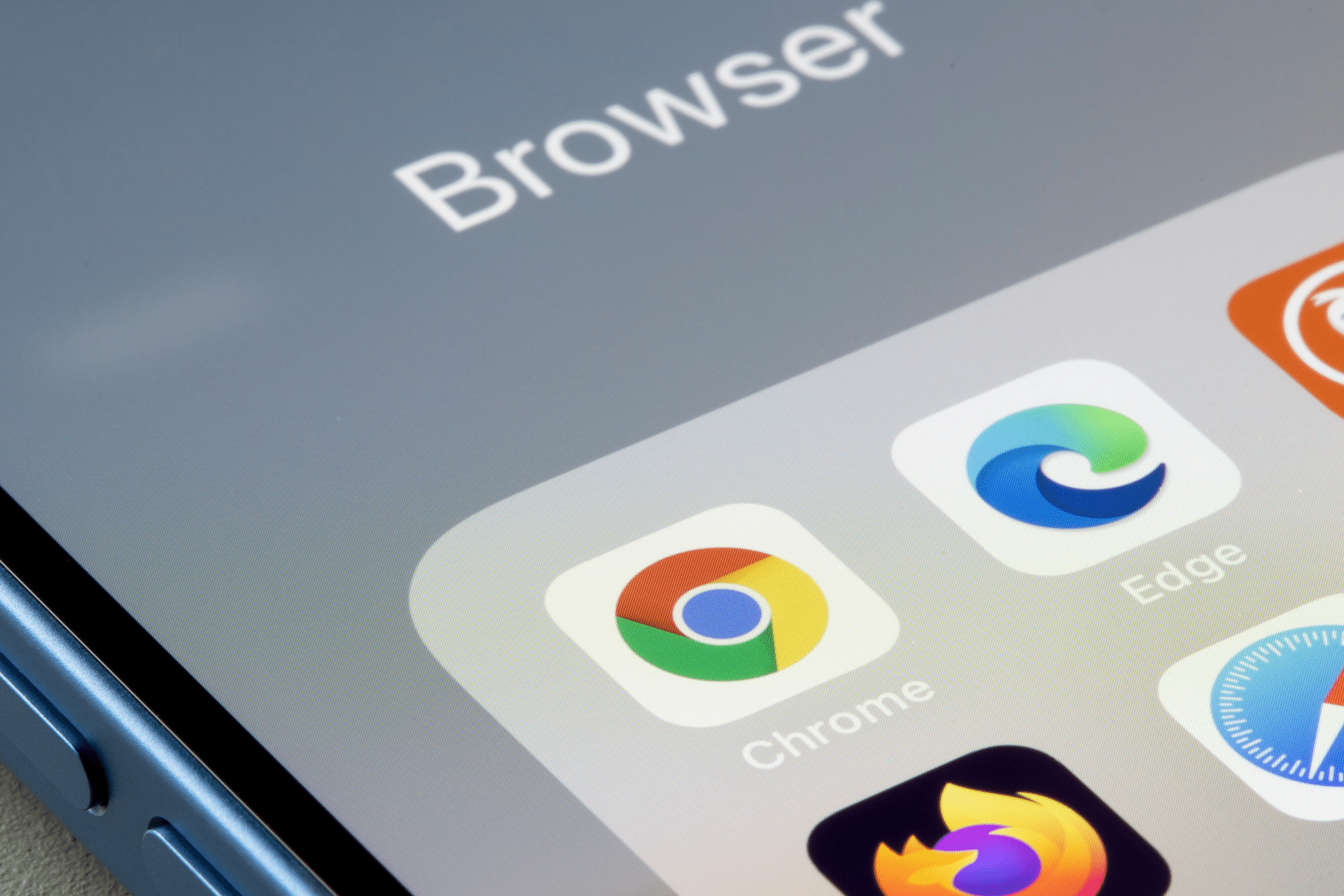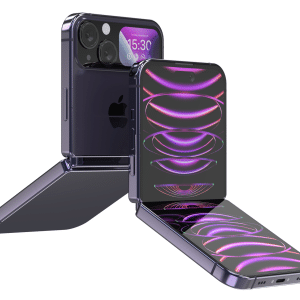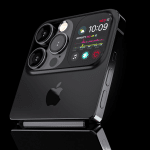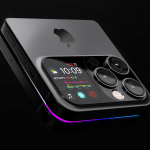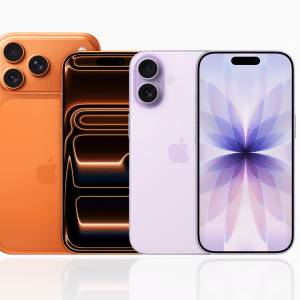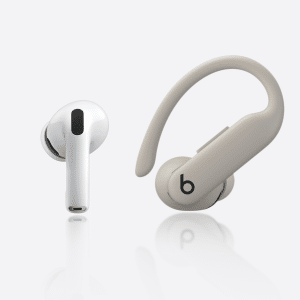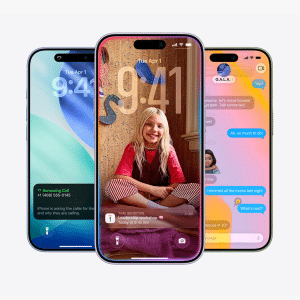The latest leaks also reveal a significant upgrade to the iPhone Fold’s camera system. Digital Chat Station claims the device will sport a dual 48-megapixel rear camera setup, a departure from earlier speculation by analyst Ming-Chi Kuo that suggested a single-lens system due to the device’s slim profile. The dual cameras, likely comprising main and ultra-wide lenses, aim to deliver high-quality photography despite the challenges of fitting advanced optics into a foldable form factor. The front-facing camera is expected to use Apple’s ultra-thin Meta Lens technology, enabling a sleek under-display design for the internal screen, minimizing visual interruptions.
This camera configuration aligns with broader rumors about the iPhone 17 series, which is expected to feature 48-megapixel sensors across all models. While some skepticism surrounds these claims, given the space constraints of a foldable device, Apple’s history of optimizing camera performance in thin devices like the iPad Pro suggests it could pull off this ambitious setup. The result would be a foldable iPhone capable of competing with traditional flagships in photographic quality, a critical factor for consumers considering the device’s premium price point.
A Slimmer Profile with Big Ambitions
When unfolded, the iPhone Fold is rumored to be remarkably thin at 4.6 millimeters, slimmer than the 5.1-millimeter M4 iPad Pro and the anticipated 5.5-millimeter iPhone 17 Air. When folded, it measures 9.2 millimeters, still competitive with devices like the Samsung Galaxy Z Fold. This ultra-thin design, paired with a titanium body, aims to make the iPhone Fold both lightweight and durable, though it raises questions about battery capacity and thermal management. A separate rumor hints at the inclusion of a vapor chamber cooling system, a first for iPhones, to handle the heat generated by high-performance tasks on a larger display.
The foldable’s external screen, estimated at 5.5 inches, will likely serve as the primary interface when closed, offering a compact phone-like experience. The internal 7.58-inch display, by contrast, transforms the device into a tablet-like platform, ideal for multitasking, video streaming, or running iPadOS-inspired apps. Apple’s decision to adopt a book-style fold, similar to the Galaxy Z Fold rather than the clamshell Galaxy Z Flip, suggests a focus on versatility over pocketability, catering to users who want a device that doubles as a productivity tool.
Production Timeline and Market Strategy
Analyst Ming-Chi Kuo reports that Apple supplier Foxconn will begin pre-production in late 2025, with mass production slated for the fourth quarter of 2026. This timeline points to a potential launch in late 2026 or early 2027, aligning with earlier speculation from analysts like Jeff Pu. Apple is expected to produce 3 to 5 million units in 2026, a modest volume reflecting the complexity of manufacturing a foldable device and its high cost, estimated at $2,100 to $2,300. This price positions the iPhone Fold as a premium offering, targeting tech enthusiasts and early adopters rather than the mass market.
The iPhone Fold’s development has been a saga of iterative refinement, with Apple reportedly testing multiple prototypes since at least 2019. Leaks suggest the company is working to overcome challenges like battery thickness and display durability, with Samsung Display tapped to produce the foldable screens. While some rumors hint at a larger foldable iPad or MacBook in the works, the iPhone Fold appears to be Apple’s priority, with its release poised to shake up the smartphone market. Posts on X reflect growing excitement, with users praising the potential for a crease-free display but expressing concern about the high price and unproven hinge technology.
Challenges and Expectations
Despite the buzz, the iPhone Fold faces hurdles. The high price could limit its appeal, especially if tariffs increase costs by the time of launch. Critics on X have questioned the practicality of foldables, noting that the squarish tablet shape when unfolded may not be ideal for one-handed use or text input. Others argue that Apple’s reputation for polished hardware and software integration could make the iPhone Fold a game-changer, particularly if it runs a hybrid of iOS and iPadOS optimized for its dual form factors.
Apple’s cautious approach to foldables contrasts with its competitors’ rapid iterations, but it may pay off by delivering a device that feels more refined. The absence of Face ID, with Touch ID possibly returning due to space constraints, could be a polarizing choice, though the under-display camera may offset concerns about screen aesthetics. As Apple finalizes specifications in 2025, the iPhone Fold is shaping up to be a bold, if expensive, step into the future of mobile devices.
